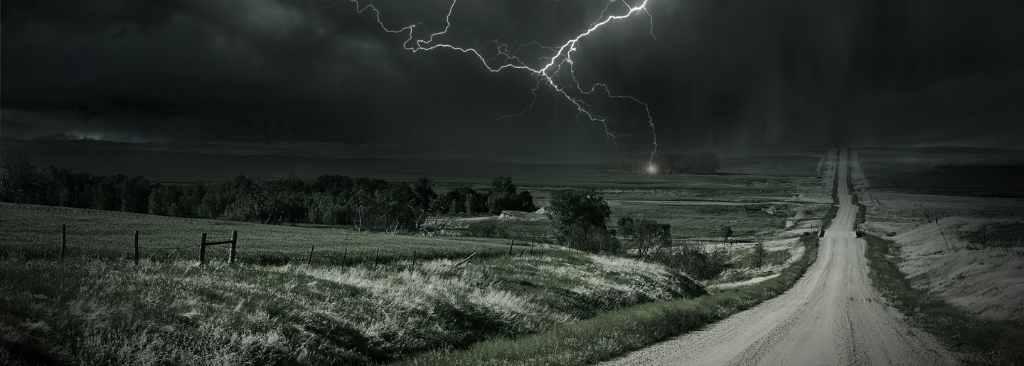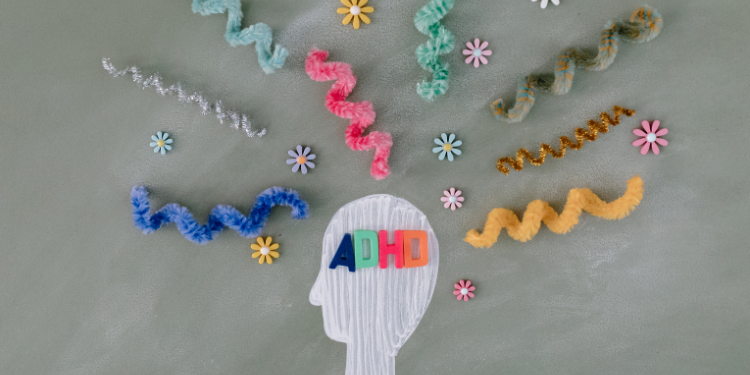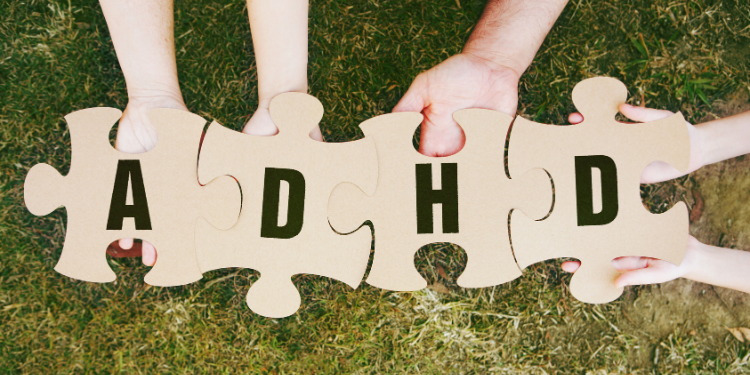Lily Strachan serves as a chaplain to Robert Menzies College at Macquarie University. She was a fellow with ADM in 2021 and is completing a book on living with bipolar and loving those who do. In this article, Lily shares her experience and helps us to understand bipolar. In a later article, Lily will share how her Christian faith has shaped her understanding of bipolar and living with a mental illness.
It’s January 2008, and I’m two weeks into a stint working at my firm’s Melbourne office. I’m part of a vast army of lawyers dedicated to pulling off the biggest proposed merger in Australia’s corporate history. I’m a very small cog in a gigantic wheel, and I’m loving it.
Head-hunters call offering me job opportunities around the world. I’m staying in a five-star hotel, doing exciting work, surrounded by interesting people. All is sparkling and new.
But I am not sleeping.
An unidentified pressure to sort out major life decisions bears down on me. Work intensifies as the secret project hurtles forward. In and around the city streets, whispers of a coming financial crisis collide with blazes of activity.
The two companies make their public announcements – finally.
I retreat to my aunt and uncle’s house, but I continue to unravel. I remember fragmented pieces of conversation about whether I should stay in Melbourne or fly back to Sydney. By now, I am incapable of making any kind of rational decision. As my aunt drives us to the airport, I am convinced that there are demons in the car with us.
My aunt flies with me, hands me over to my bewildered Dad at Sydney airport and I ask him to take me my GP. I just need a script for a sleeping tablet.
The doctor observes me and my paranoid responses and is not prepared to prescribe me a sleeping tablet. Instead, she tells Dad to take me to the nearest hospital emergency department.
There, I am questioned extensively, the same questions again and again. What have you been doing? Have you been taking drugs? Have you slept? I believed that answering any question would incriminate me, so I stay frozen and silent. Mum and Dad are now in the examination room. They have entered my nightmare but cannot reach me.
A doctor admits me involuntarily to the mental health ward on the basis that I’m a danger to myself. A fortnight earlier, I had been a healthy, happy 26-year-old. Now, I don’t know what is happening or what will come next.
After three days of observation, I am given a diagnosis of bipolar 1 disorder, a script for an unknown medication and an instruction to stay off work for at least three months. I return to work after a week, determined to hide the truth, and determined to hide my fear.
That was my first experience with bipolar. It’s been more than ten years since I have experienced an episode of mania like this. I share my story to give hope – that those living with bipolar can continue to know the joy of serving the Lord in meaningful and productive ways.
Bipolar is a mood disorder
Bipolar disorder is a serious mental illness, characterised by extremes of mood – elevated or high mood known as mania, and low mood known as depression. (Hence the name bipolar – two poles of mood at opposite extremes.)
Understanding that bipolar is a mood disorder is crucial for understanding this illness, its symptoms, and its treatment.
We all have moods that change in response to life’s circumstances – elevated mood as we enjoy time with people we love or have success at study or work. Each of us also experiences low moods at times – the sadness and grief that results from life’s difficulties, losses, and stressors.
For most people, these highs and lows settle back down or up into a steady, even mood after a few hours or a couple of days.
In contrast, those of us who live with bipolar disorder have poorly regulated moods. This means that when our mood lifts, it can stay high for a week or more. Likewise, at the other pole, when we suffer low moods, they may stay low and sink lower over time.
Types and Symptoms
The severity and length of time that someone’s moods are up or down, determines whether a person is diagnosed with bipolar 1 disorder (the most severe symptoms), bipolar 2 disorder (less severe) or cyclothymia (mild).
The number of Australians diagnosed with bipolar is around 2% of the population.
A diagnosis of bipolar 1 disorder requires a person to:
- experience a period of mania – an elevated or irritable mood that persists for at least a week or leads to a hospital admission,
- have their ability to work, study, relate, and do daily life adversely impacted by their mood, and
- have at least three of the following symptoms – four in the case of an irritable mood.[1]
Signs and symptoms of mania include:
- Significantly inflated self-esteem or grandiosity
- Decreased need for sleep and difficulty sleeping
- Excessive, fast, or continuous talking
- Rapidly flowing thoughts, often resulting in quick changes in topics
- Difficulty concentrating, and being easily distracted
- Overactivity, goal-directed productivity and, for some, times of great creativity – also significant physical movement or agitation
- Reckless behaviour when it comes to things such as spending, relationships, or sex – with little regard for the consequences. [2]
A diagnosis of bipolar 2 requires a hypomanic episode, in which the above symptoms are less severe and less debilitating than for a manic episode. The severity of symptoms will be even lower in the case of cyclothymia.
Psychosis
A person with bipolar 1 disorder can also experience psychosis – a ‘break with reality’.
Psychosis can manifest in grandiose delusions, such as a person thinking that they have a great mission to carry out. Psychosis can also involve paranoid delusions, such as someone thinking that people are out to harm them. The psychotic person may also have auditory or visual hallucinations, hearing or seeing things that are not actually there.
My last psychotic episode took place during my first year at Bible college. Let me give you a taste of what happened. In my World Religions exam, the Buddhist worldview swam around my mind, pulling me upwards into an ever-connected universe. Afterwards, I wandered light as a breeze to the movies with friends. As I watched Avengers, I became the most insightful person ever to watch a movie.
I remember only scattered remnants of what happened after that. I know there were frantic sleepless nights when I willed my racing mind to stop, please stop. I frightened my house mates with incoherent thoughts and unhinged schemes. I punched a door in frustration.
One day I stayed in bed, frightened that any movement would lead to me being locked up. Ironically, it was the paramedics who coaxed me out of bed, and into an ambulance. Once again, I was involuntarily admitted to hospital for my safety, and I have no memory of the next few days.
Psychosis is indeed frightening for the sufferer, and those around them. In my next article I will write about the excellent treatment available to prevent manic and psychotic episodes.
Depression
The pole – depression – is a low mood that lasts for two weeks or more and negatively impacts your ability to relate to others, to study or work, and to carry out daily tasks. Symptoms include losing interest in things that you usually enjoy, withdrawing from people or activities, disturbed sleep and eating patterns, and feeling overwhelmed with guilt and hopelessness.
Whereas sadness and grief are good and healthy responses to loss or hurt, depression is quite different. Grief has colour and emotion, whereas depression is black and blank. Sadness and grief weave their way through everyday life, coming in waves, fading, and sharpening. Depression is heavy and enduring.
Failure to express sadness or grief can, over time, calcify into depression. When we ignore or dismiss these valid emotions, our thinking stops being healthy, and our mood can sink into depression.
A person with bipolar will often experience a depressive episode following an elevated mood. As the phrase goes, ‘what goes up must come down’. Whilst the highs might be pleasant for a while, the depression that follows is most certainly not. People living with bipolar typically spend more time being depressed than manic or hypomanic.
When I have been severely depressed, nothing is interesting, beautiful, or amusing. I cannot think beyond the stifling pain, and I hate myself with a persistent, dejected weariness. All of life requires more energy than I have, and I feel alone, even when I’m with others.
Suicidality
Depression is clearly a horrible condition to live with. It can also be dangerous. The risk of suicide among those living with bipolar is higher than that in the normal population.
For me, feeling suicidal is a product of hopelessness multiplied by time. Lack of hope means that the depressed person can become convinced that their misery will stretch on, unabated, and must be stopped one way or another. When I have felt suicidal, it is not that I particularly wanted to die, I just didn’t know how I could go on living.
Suicidal thinking and planning – whether during a depressive or manic phase – are life-threatening symptoms and must be taken seriously. If someone is suffering in this way, seek help immediately, whether by calling a trained counsellor at Lifeline on 13 11 14, Beyond Blue on 1300 224 636, or calling an ambulance on 000. After a hospital stay, people are often connected with a Mental Health Crisis Team that can be called if the distress returns.
Good medical and psychological treatment can greatly reduce suicide risk and aid in the management of depression. I will discuss treatment in my next article.
Diagnosis
As with so many mental illnesses, diagnosing bipolar disorder is an inexact science. As yet, there is no blood test, brain scan, or genetic test that can show that someone has this illness.
Once other causes for bipolar-like symptoms are eliminated (such as a brain tumour or drug use), a diagnosis of bipolar disorder rests on a doctor being able to observe changes in someone’s mood over time. For a diagnosis of bipolar 1, a doctor needs to have evidence of a manic episode. To diagnose bipolar 2, they need to be convinced that their patient has had a hypomanic episode.
Detection and diagnosis can be difficult. During the highs, people can feel euphoric, productive, and creative, which is unlikely to lead someone to complain in a doctor’s office! Living with undiagnosed mania or hypomania, the sufferer can lack insight into their own symptoms. They think that they alone see the world clearly, when the opposite is true. As a result, some people only go to their health care professionals when experiencing low moods, not their elevated states.
Mania and hypomania may come to the attention of loved ones and doctors when symptoms are more problematic and debilitating. These states might produce productivity and creativity, but mania and hypomania also tend to bring growing anxiety as life becomes more chaotic and less sustainable. Paranoia can creep into the manic mind and make it an unsettling, frightening place to be. The tendency to see connections all around can turn nasty and leave a person concluding that people are untrustworthy, even plotting their downfall. Lack of sleep and a racing mind might seem good for productivity, but sooner or later they become stressful and disorientating.
Causes
Once again, the causes of bipolar disorder are not fully understood. Bipolar is thought to result from interactions between biological, genetic, and environmental risk factors. These are ‘vulnerabilities’ rather than inevitable causes and can contribute to someone becoming unwell, particularly if triggered by stressful or traumatic experiences.
The trigger for my first manic episode in 2008 was an intense time of stress during which I was living away from people who might have observed the changes in my thinking and behaviour. The pace of a corporate lawyer is fast at the best of times and the standard is perfection. The speed of my speech and behaviour did not look out of place to my new colleagues, and no one knew that I wasn’t sleeping.
Quite possibly my bipolar would have been triggered in another place, at another time. But certainly, those few weeks in Melbourne provided the perfect storm for a dramatic unravelling.
Conclusion
Bipolar is a complex and serious mental illness. It can cause pain, confusion, loss, and hopelessness for both sufferers and carers.
It is also eminently treatable.
Since seeing a good psychiatrist, taking the necessary medications, and learning how to manage my illness day to day, my moods are mostly stable. I enjoy fulfilling work and relationships and I haven’t needed a hospital admission since 2012.
If you or a loved one are struggling with bipolar, please take heart. There is excellent help available, and I am always hearing stories of recovery and hope. I will share more in my next article, which will focus on how bipolar disorder can be effectively treated and managed.
I can’t conclude without sharing something of the help it is to know God’s goodness and love in all its truth, power, and practicality. In and through the medical treatment and psychological care, I have come to know that Jesus really does bring life and life to the full. He has surprised me with hope in the darkness, and I have learnt over the moments, days, and decades that God is good in the heights, in the depths and in all of life in between.
For I am convinced that neither death nor life, neither angels nor demons, neither the present nor the future, nor any powers, neither height nor depth, nor anything else in all creation, will be able to separate us from the love of God that is in Christ Jesus our Lord.
Romans 8:38-39
[1] American Psychiatric Association Diagnostic and Statistical Manual of Mental Disorders (5th ed) Arlington, VA: 2013.
[2] American Psychiatric Association Diagnostic and Statistical Manual of Mental Disorders (5th ed) Arlington, VA: 2013.




